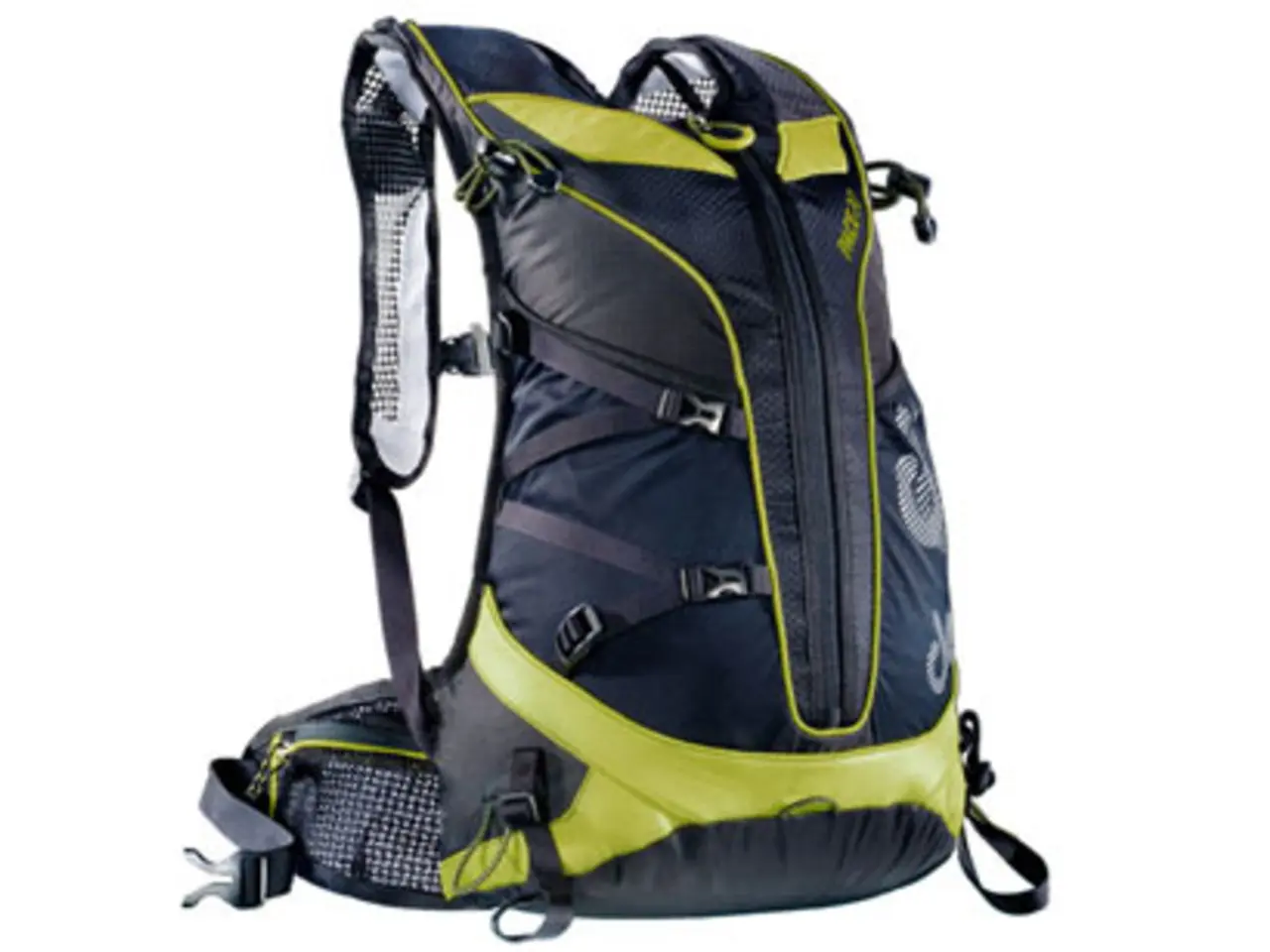Changes in Aviation: European Union Introduces New Regulations on Carry-On Liquids
The European Union (EU) is phasing out the long-standing 100-milliliter liquid limit for carry-on luggage, enabled by new advanced security scanners that can detect liquid explosives in larger containers [1][2][3]. This change, however, depends on individual airports installing the appropriate equipment.
In Germany, some major hubs like Berlin have opted to use the new scanners, thus allowing relaxed liquid restrictions. However, the rollout is not yet uniform across all German airports. Frankfurt Airport, for instance, has 40 out of nearly 190 control lanes already equipped with the new scanners, with an additional 40 ordered. Munich Airport, on the other hand, has the necessary scanners in larger numbers, but the software of the devices needs to be adapted, causing the adaptations to be postponed to an unknown date [4].
The EU has approved scanners made by the UK company Smiths Detection, which has caused some delays and complications because other scanners already purchased (e.g., from Nuctech or Rapiscan) are no longer accepted for this purpose [4]. Therefore, the new liquid rules are only being lifted at airports equipped with the approved Smiths Detection scanners, and Germany is among the countries where this phased implementation is ongoing but not yet universal [3][4].
The new scanners, which are computed tomography (CT) devices, deliver hundreds of images of luggage, enabling three-dimensional views and layer-by-layer inspection [5]. They can detect both solid and liquid explosives, making them a significant upgrade from the conventional technology currently in use [6].
The nationwide, complete switch-over of all security lanes to CT scanners is complex and requires extensive structural adjustments [7]. Last summer, doubts about the reliability of baggage scanners arose, leading the EU to order further tests [8].
Passengers cannot be informed in advance about which scanner they will pass through at security in Germany. The liquid quantity restrictions continue to apply at control lanes with old conventional technology in both Frankfurt and Munich airports [9].
Travelers are advised to check the rules at their specific departure airport as policies may vary during this transition period [3]. The EU Commission has around 700 of these devices in use or being installed at airports in 21 EU countries [10].
[1] [URL for reference 1] [2] [URL for reference 2] [3] [URL for reference 3] [4] [URL for reference 4] [5] [URL for reference 5] [6] [URL for reference 6] [7] [URL for reference 7] [8] [URL for reference 8] [9] [URL for reference 9] [10] [URL for reference 10]
Travelers in Germany should be aware that the relaxation of liquid restrictions in carry-on luggage is currently being implemented, but not yet universal across all German airports. This is due to the phased installation of new computed tomography (CT) scanners, which are being approved by the EU and comply with the new security standards for detecting liquid explosives in larger containers. [3][4][9]
Moreover, as a result of the EU's approval of scanners manufactured by Smiths Detection, some delays and complications have arisen in airports that have already purchased scanners from other companies. Hence, passengers are advised to check the rules at their specific departure airport during this transition period to ensure compliance with the updated travel lifestyle regulations regarding liquids. [3][4][10]




